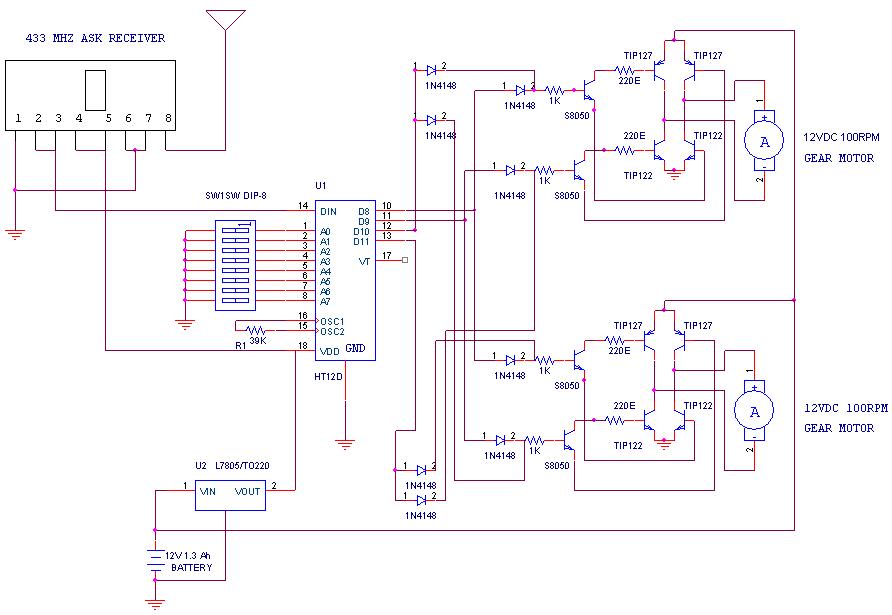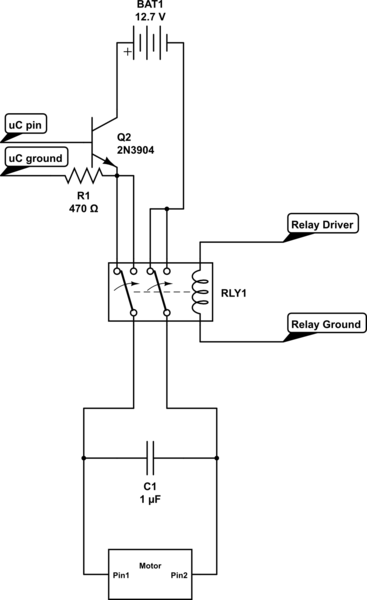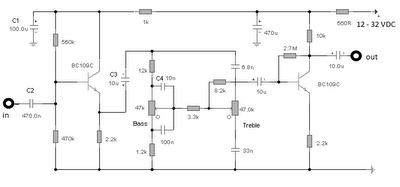
simplest light with constant-current LED circuit

Here is a simple and inexpensive ($1) LED driver circuit. The circuit functions as a constant current source, ensuring that the LED maintains consistent brightness.
The LED driver circuit is designed to provide a stable current to the LED, which is essential for maintaining its brightness and preventing damage due to overcurrent. The circuit typically includes a voltage source, a current-sensing resistor, and a transistor or integrated circuit that regulates the current flow.
In a basic configuration, the voltage source is connected in series with the LED and the current-sensing resistor. The resistor is placed in such a way that it allows a small portion of the current to flow through it, creating a voltage drop that can be monitored. The transistor, which acts as a switch, is connected to the resistor. When the current through the LED increases, the voltage across the resistor also increases. This change is detected by the transistor, which then adjusts its conduction state to limit the current flowing through the LED.
The choice of components is critical in determining the performance of the LED driver circuit. The current-sensing resistor should be chosen based on the desired current level for the LED, and the transistor must be capable of handling the required current without overheating. Additionally, the circuit may incorporate a heat sink to dissipate heat generated by the transistor during operation.
For applications requiring higher efficiency, a switching regulator can be utilized instead of a linear regulator. This approach minimizes power loss and maximizes the efficiency of the LED driver circuit, making it suitable for battery-operated devices.
Overall, this simple LED driver circuit exemplifies a cost-effective solution for powering LEDs while ensuring reliable operation and longevity.Here`s a really simple and inexpensive ($1) LED driver circuit. The circuit is a constant current source, which means that it keeps the LED brightne.. 🔗 External reference
The LED driver circuit is designed to provide a stable current to the LED, which is essential for maintaining its brightness and preventing damage due to overcurrent. The circuit typically includes a voltage source, a current-sensing resistor, and a transistor or integrated circuit that regulates the current flow.
In a basic configuration, the voltage source is connected in series with the LED and the current-sensing resistor. The resistor is placed in such a way that it allows a small portion of the current to flow through it, creating a voltage drop that can be monitored. The transistor, which acts as a switch, is connected to the resistor. When the current through the LED increases, the voltage across the resistor also increases. This change is detected by the transistor, which then adjusts its conduction state to limit the current flowing through the LED.
The choice of components is critical in determining the performance of the LED driver circuit. The current-sensing resistor should be chosen based on the desired current level for the LED, and the transistor must be capable of handling the required current without overheating. Additionally, the circuit may incorporate a heat sink to dissipate heat generated by the transistor during operation.
For applications requiring higher efficiency, a switching regulator can be utilized instead of a linear regulator. This approach minimizes power loss and maximizes the efficiency of the LED driver circuit, making it suitable for battery-operated devices.
Overall, this simple LED driver circuit exemplifies a cost-effective solution for powering LEDs while ensuring reliable operation and longevity.Here`s a really simple and inexpensive ($1) LED driver circuit. The circuit is a constant current source, which means that it keeps the LED brightne.. 🔗 External reference




